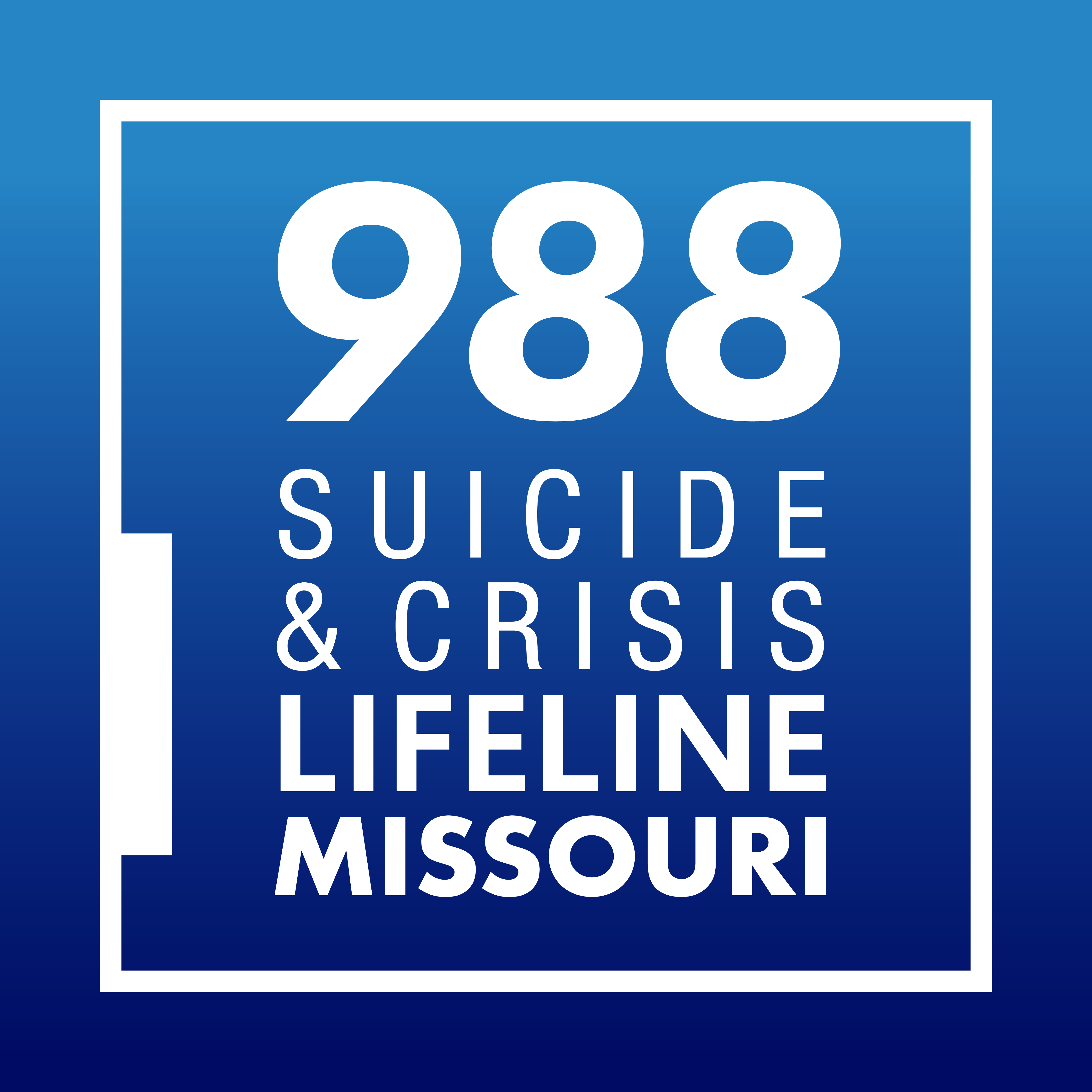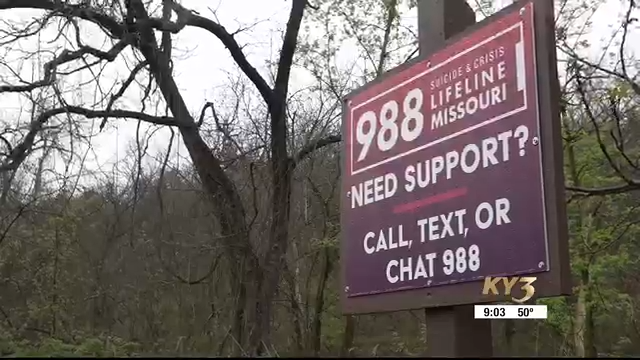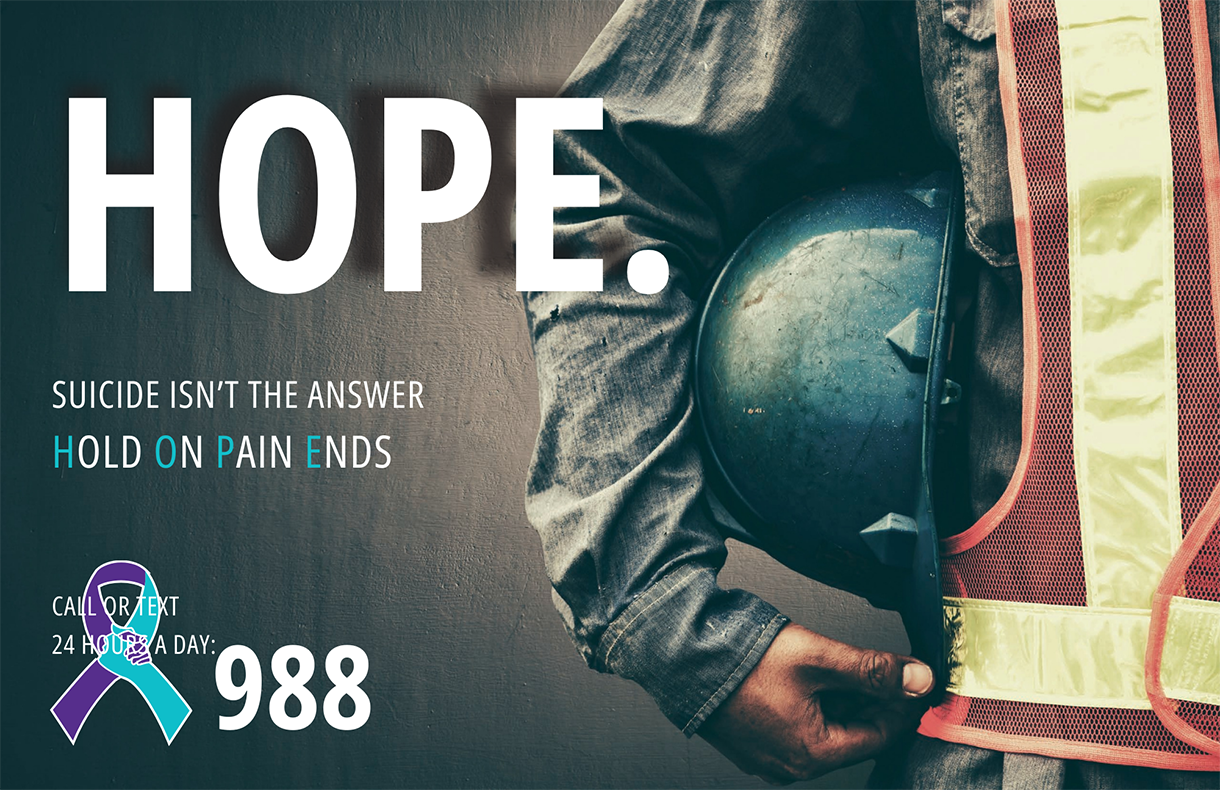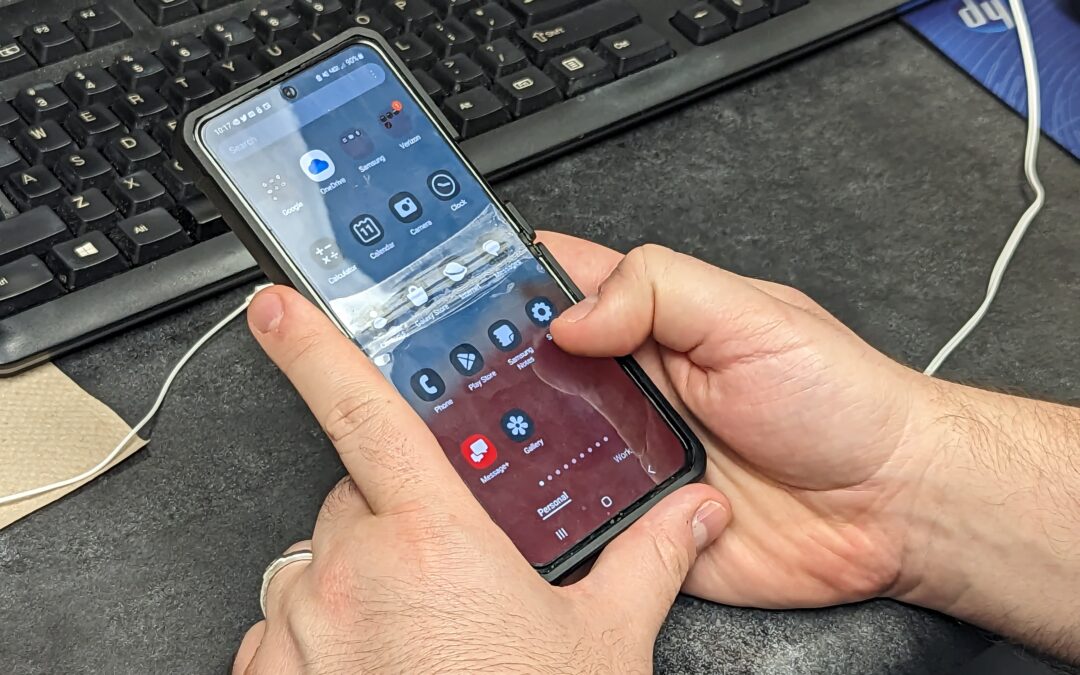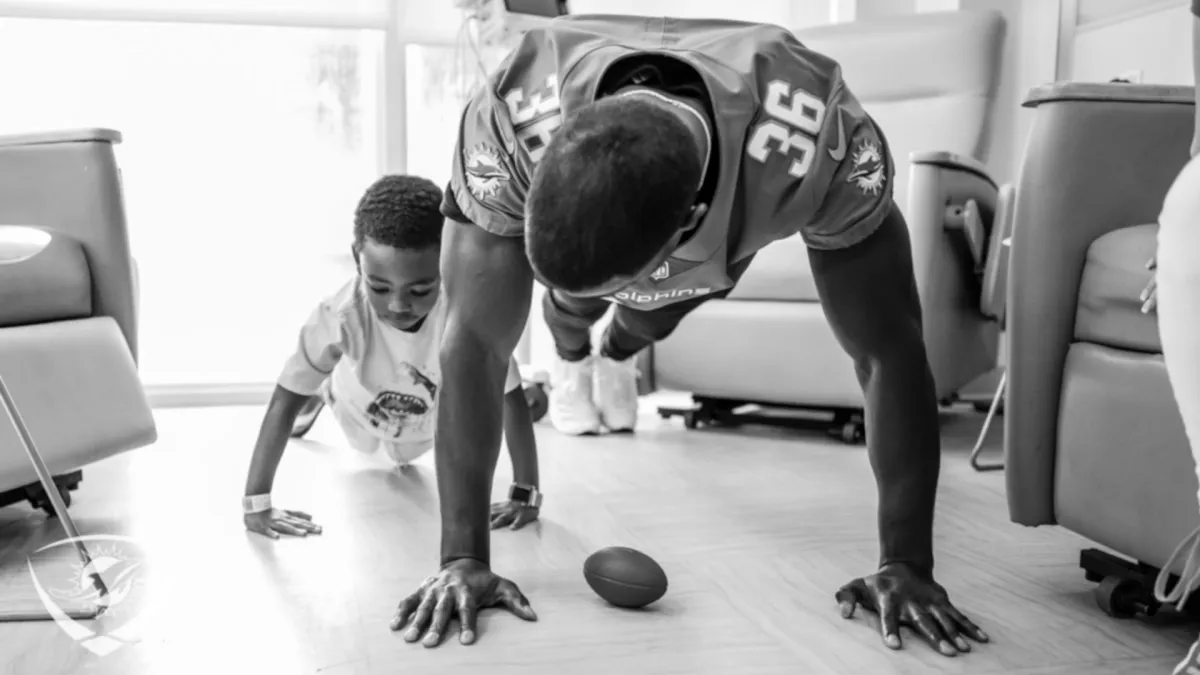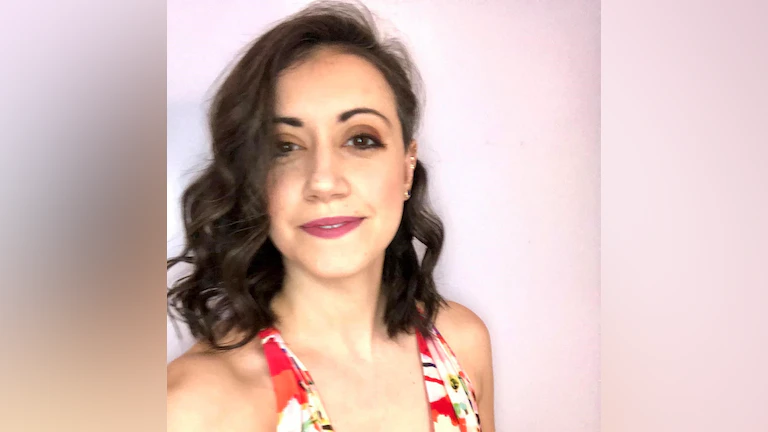As the launch date of 988 quickly approached, the Missouri Department of Mental Health’s Division of Behavioral Health (DBH) staff reflected with writers Christy Malik and Nili Ezekiel on how the Vibrant Emotional Health 988 planning grant helped the division build out its crisis service pathways of care. “The (Vibrant) planning grant made it real that 988 was happening and helped to align multiple crisis service efforts into a logical structure,” said Stacey Williams, LCSW, the division’s suicide prevention coordinator. She further acknowledged, “We know there have been some gaps in our crisis system and recognize the need to build out a coordinated 988 system for people to connect to the right system of care. The planning grant enabled us to bring in additional partners and to establish greater collaboration.”
According to Vibrant, it awarded up to $9 million in 988 planning grants to 46 states, the District of Columbia, and the territories of American Samoa, Guam, and Puerto Rico on January 25, 2021. The grants provided a clear roadmap for developing the infrastructure and operational readiness needed for when 988 went live on July 16. They focused on eight core areas, including coordination, capacity needs, funding, and messaging surrounding 988, according to Matthew Taylor, MA, director of Network Development at the National Suicide Prevention Lifeline. “Our goal was to assist states, territories, and Lifeline crisis call centers in the planning process for the nation’s first three-digit number for mental health and crisis response.”
The grant allowed DBH to onboard Casey Muckler, MPH, as the 988 project director overseeing Missouri’s 988 implementation efforts. One of her first initiatives, and a key requirement of the Vibrant planning grant, was enhancing the structure of the 988 task force and bringing additional voices to the table. Stakeholder representation included the Lifeline-988 providers, Access Crisis Intervention (ACI) regional-based community service providers, Missouri’s Behavioral Health Council, 911 service board, first responders, Missouri’s Sheriffs’ Association, Missouri’s Crisis Intervention Team (CIT) Council, people with lived experience, LGBTQIA2S+ advocacy groups, substance use providers, suicide prevention advocates, and other essential community voices.
According to Muckler, an early success of the task force was securing buy-in from community providers. She said it was instrumental to have Lauren Moyer, Compass Health Network Executive Vice President of Clinical Innovation, co-chair of Missouri’s 988 task forces (Muckler is also a co-chair). Given Compass Health’s history as a Lifeline and ACI provider, Moyer understood many providers’ concerns and pain points, helping to balance her co-chair role as the liaison between the state and providers. “Hearing a provider voice lead the 988 discussions rather than having the state telling them what to do has been very helpful,” said Muckler.
Another core grant requirement was to conduct a statewide needs assessment on Missouri’s current crisis care system. The evaluation and in-depth collaboration with crisis service providers revealed four areas for improvement—expansion of the backup routing system statewide; mobile crisis response consistency across the state; increased training and community-based services for people with intellectual developmental disabilities (IDD); and improved coordination between 911 and 988 systems.
Williams reported that the planning grant was integral to improving their backup routing process to ensure statewide coverage before July 16. The six 988 call centers—Behavioral Health Response, Burrell Behavioral Health, CommCARE, Compass Health, Ozark Center, and Provident Behavioral Health—provide primary regional call coverage to serve all 115 counties and the City of St. Louis. Provident Behavioral Health also provides statewide backup services. “We wanted a second opportunity for Missourians who contact 988 to receive a localized response and to also maintain our high in-state answer rate,” shared Muckler. Missouri launched its statewide 988 routing and backup coverage system in early February, thanks to collective participation from the six 988 call center providers.
Missouri also tapped into the expertise of DeafLEAD for statewide 988 text and chat services. DeafLEAD, a nonprofit organization in Columbia, provides mental health and crisis services for people who are deaf, hard of hearing, deafblind, late-deafened, and their families. “DeafLEAD has been a national Lifeline backup chat provider, and we wanted to use their strength and specialty. It was a natural fit for DeafLEAD to do 988 chat and text services for the state,” shared Williams.
In working with the Vibrant 988 planning staff and consultants, Missouri projects 258,032 contacts via 988 phone, text, or chat options during the first year, at an estimated cost of over $16 million. “We anticipate a large text and chat volume increase over the coming years,” reported Muckler. Given the high projected demand for 988, DBH is working closely with DeafLEAD to launch its statewide 988 text and chat services this fall.
The gap analysis confirmed that mobile crisis response was robust in portions of the state, but some rural communities had minimal mobile crisis access. “We are working to get mobile crisis response up to best practice standards statewide,” noted Williams. One barrier the task force identified was insufficient reimbursement rates for staffing mobile crisis teams, particularly in rural areas. In response, the behavioral health division secured $14 million in state funding to build up mobile crisis response in these areas. An added benefit for mobile crisis response is that MOConnect, the statewide bed registry, is being implemented by the Missouri Behavioral Health Council. This system will enable 988 providers to coordinate and dispatch mobile crisis teams and connect to crisis stabilization centers—known in Missouri as Behavioral Health Crisis Centers—and inpatient services for 988 contacts needing higher levels of crisis care.
Lifeline-988 crisis counselors and behavioral health providers identified a need for further training to support the IDD population and their families experiencing a crisis. The gap analysis also identified a need to provide better support to people with IDD across the age spectrum. “Our goal is to do a better job of keeping the person supported in the community,” acknowledged Williams. The division of behavioral health plans to update its statewide crisis reporting form to collect data to better understand system-level gaps and help the state monitor the quality of care for the IDD population.
The gap analysis also found that another critical need was to establish clear roadmaps for coordination among the 911 public safety answering points (PSAPs), law enforcement, and 988 providers. “We recognized an opportunity to enhance our crisis system to best support law enforcement and 911, so we are focusing on those system changes,” commented Muckler. In working with the 988 task force, the aim is to improve the response for those in crisis by using behavioral health staff as the responders, thus diverting from law enforcement and 911 operators.
Missouri has over 185 locally funded, locally based PSAPs centers. Williams noted, “A big challenge is how our seven 988 providers can partner with 185 PSAPs across the state.” Some 988 providers are in the planning phase for pilot projects in both rural and urban areas to help shape future statewide 911 and 988 coordination efforts.
Muckler shared her excitement about the rollout of 988 but acknowledged her concern about securing long-term funding to continue building out their 988 crisis care system. Missouri secured $16.7 million, a combination of state and federal funding, to support this year’s 988 implementation efforts. “We will need to request an appropriation every year in order to sustain 988 services,” she said. She further commented, “We are also concerned about whether our actual 988 volume will exceed the projected rate of growth because the projections were used to estimate a budget for implementing 988 and scaling up the crisis workforce.”
Although there is some uncertainty surrounding long-term funding and projected 988 volumes, both Williams and Muckler look forward to the progress and challenges ahead as the state implements 988 and continues to expand its crisis system.
Source: How Vibrant’s 988 State Planning Grant Helped Missouri Expand Its Crisis System – #CrisisTalk (crisisnow.com)
